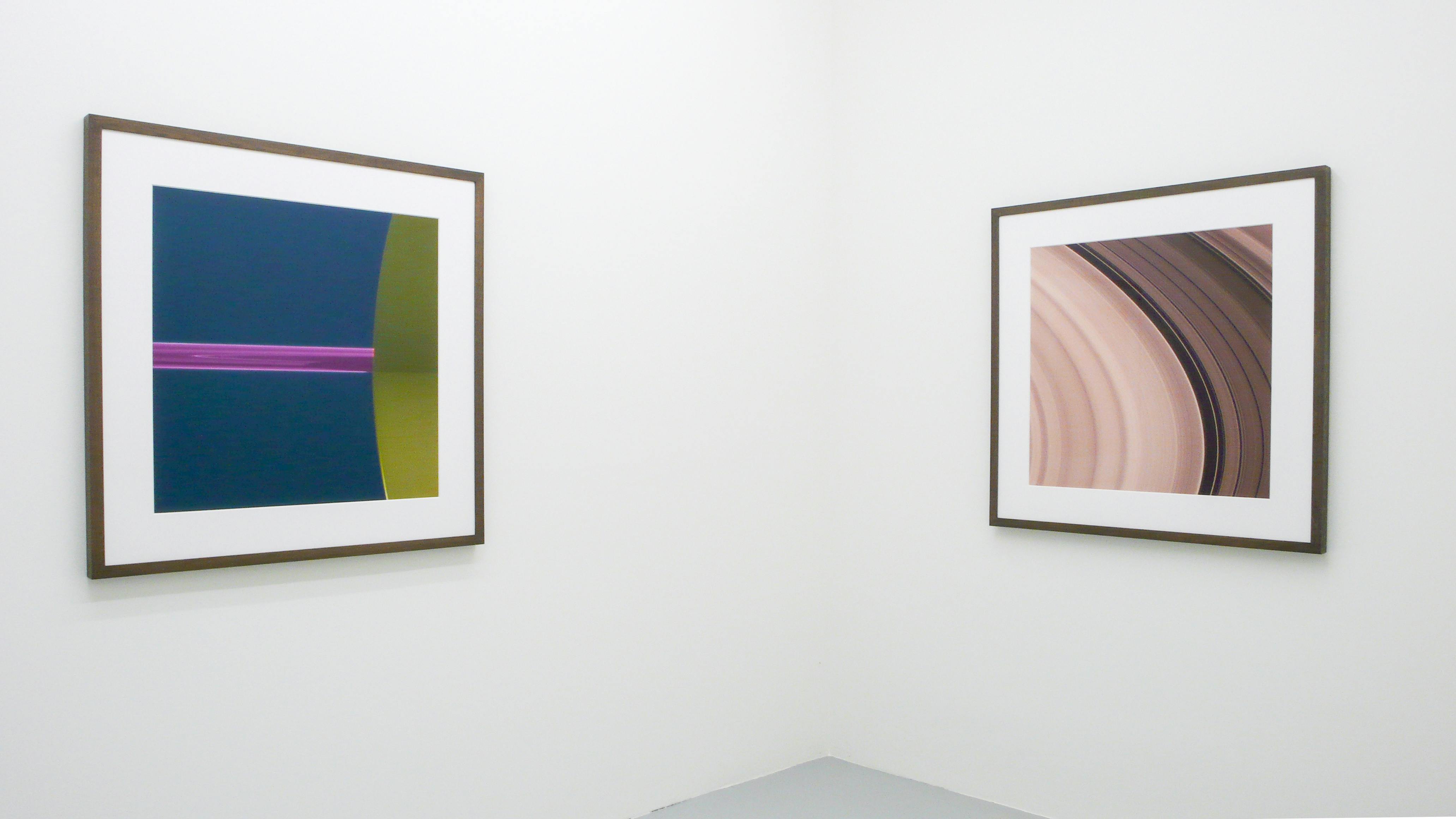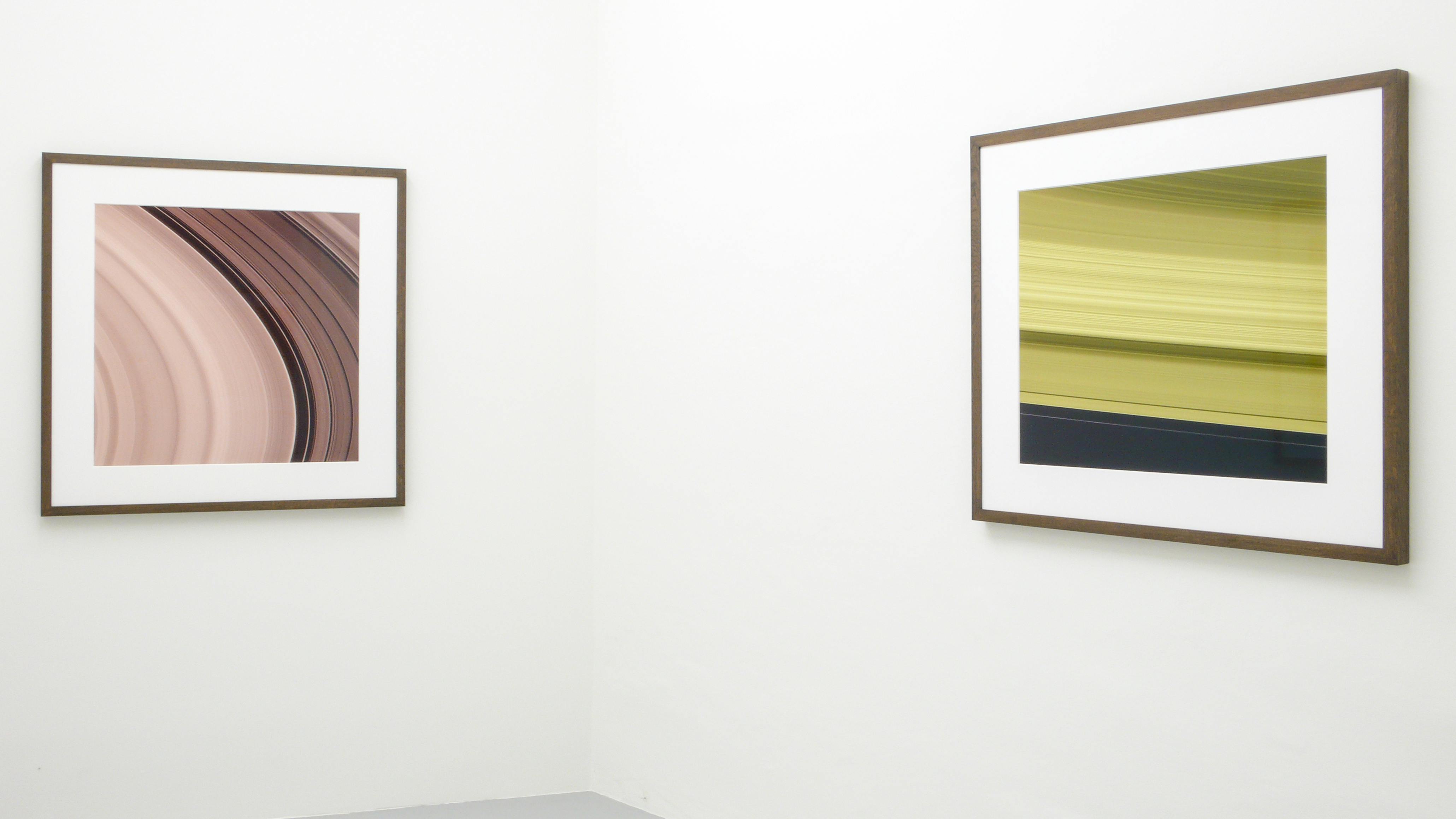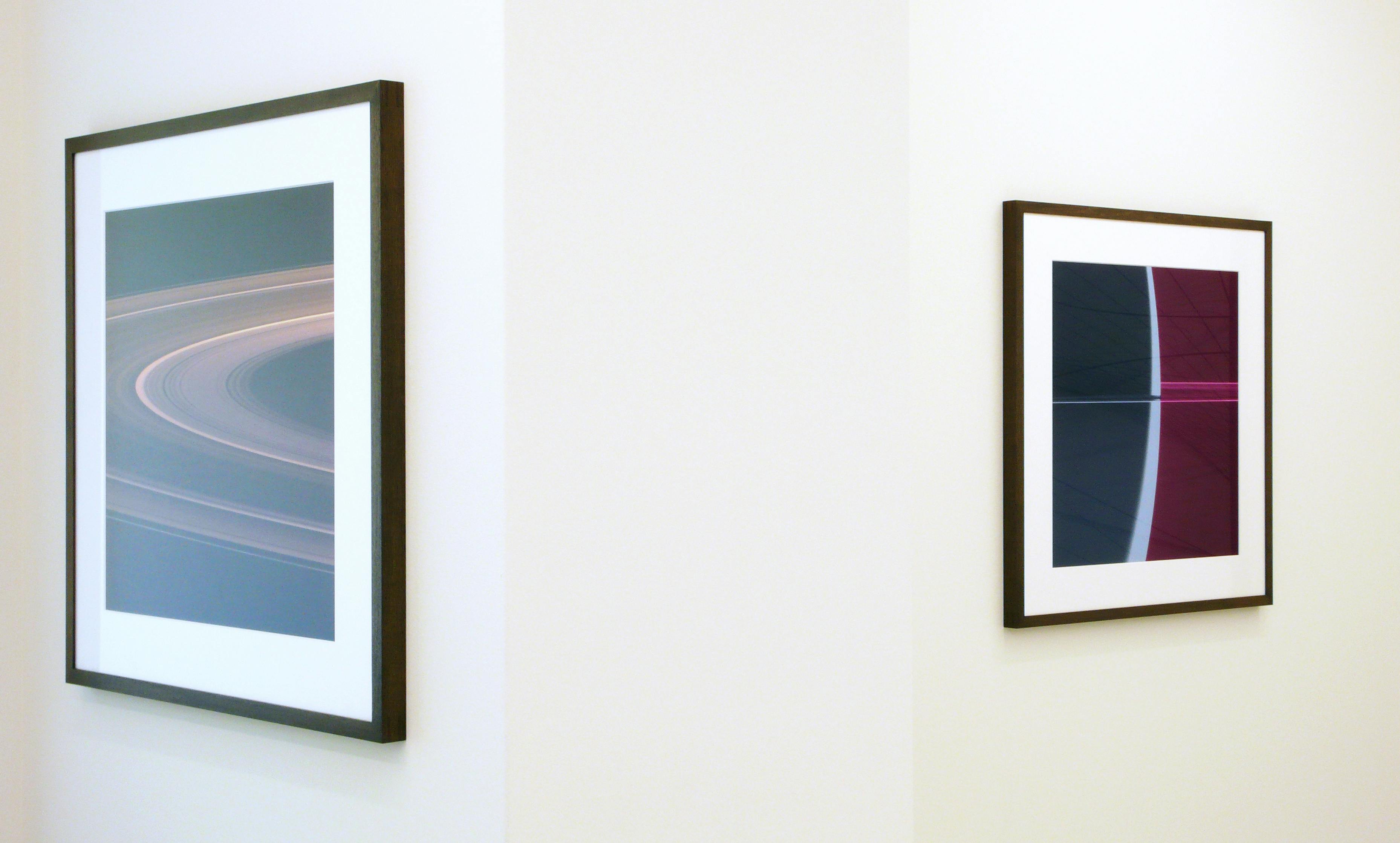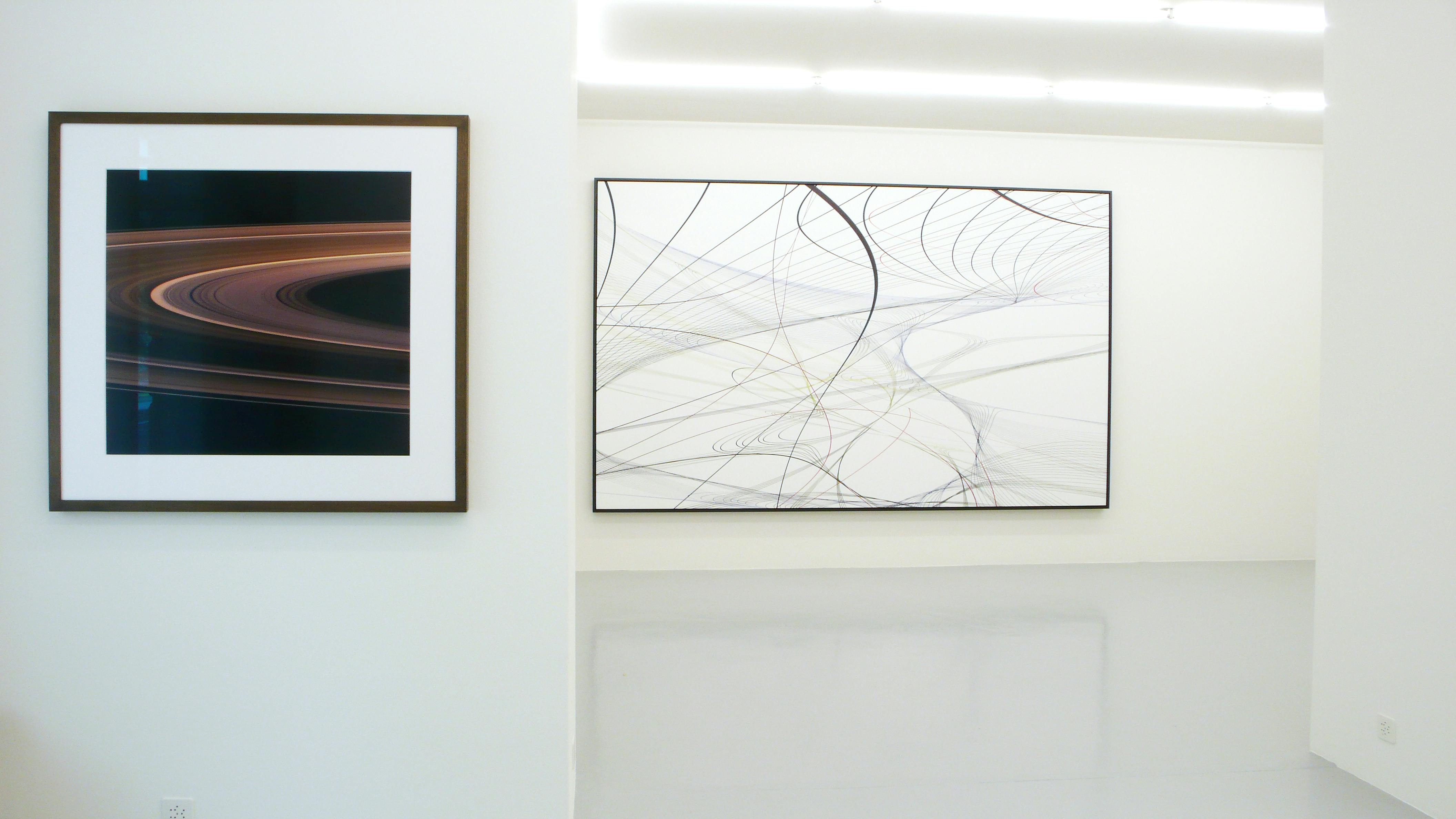We have pleasure in presenting new works by the German artist Thomas Ruff (born 1958 in Zell, Harmerbach/Schwarzwald, lives and works in Düsseldorf) in our next exhibition.
Thomas Ruff is among the internationally best-known photo artists. His work is regularly shown in galleries and museums, latterly in the Moderna Museet, Stockholm, in the Sprengel Museum Hannover, and in 2006 in the Fondazione Bevilacqua la Masa, Venice. Thomas Ruff stems from the famous 'Becher School', where many internationally renowned representatives of German photography such as Thomas Struth, Andreas Gursky and Bernd Becher were trained. They were primarily interested in industrial architecture, which they photographed in emphatically objectively series, from which they created typologies. Their serial concepts in the sense of the New Objectivity were early on classified as concept art, and they were recognised far beyond the borders of photography.
Thomas Ruff first became known through his portraits of houses and factory buildings, as well as the night sky, portrayed in a natural and objective manner. Ruff photographed the buildings either in strict frontality or at right angles to one another, always paying attention to regular sharpness and neutral lighting, and from the same standpoint. With his controversially discussed nudes of erotic, sometimes pornographic scenes from the Internet, which he projected onto unsharp large formats, he expanded the borders of photography in 1999. Since then, his Internet blow-ups with clearly emphasised pixel structures have been regarded as his 'trademark'. Thomas Ruff started concerning himself with the medium of the image at the very beginning of his artistic career. In addition to self-produced analogue and digital photographs, he worked from the basis existing pictures. He liked working with unspectacular, historically typical motifs and elaborated the images on the computer, whereby he was particularly interested in the technical side of photography. Often, a new group of works would start with the choice of a specific technique, for example, the night sky pictures from 1992 to 1995 which were made with the help of a camera and a night vision enhancer. Since the night vision enhancer is a visual instrument developed for the Gulf War, this series is a subliminal play on the medial dimension created by this war.
After digitally creating the Substrat series of 2002 abstract, psychedelic colour images from Manga comics, he began his latest zycles series, in which he worked with far more complexly abstract dimensions. These consisted of large-format inkjet prints on canvas that already created a furore at this year's Art Unlimited in Basel. It is hard to believe that these compositions, which consisted of curved lines and were spread all over the image, originated in mathematics, or more precisely, in antiquated 19th century books on electro- magnetism that portrayed magnetic fields on copperplates. Thomas Ruff was particularly interested in translating these drawings into three-dimensional space. For this he used a 3D computer programme that translated mathematic formulas into complex, three-dimensional linear structures. Ruff recorded different detailed views from these virtually produced linear structures. The weave of lines developed in front of an open space of unspecified depth, sometimes filigree, sometimes accentuated. Their dynamics are reminiscent of the lines of magnetic fields, but also of informal line drawings. Either way, they invite the viewers to play with their own perceptions. [Text: Dominique von Burg]









